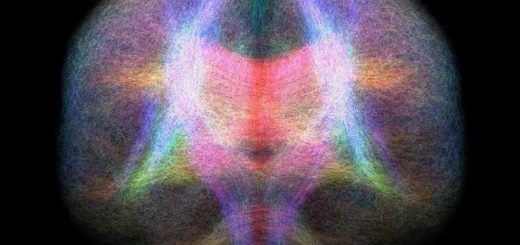Functional connector hubs in the cerebellum
Kazuya Kawabata, Epifanio Bagarinao, Hirohisa Watanabe, Satoshi Maesawa, Daisuke Mori, Kazuhiro Hara, Reiko Ohdake, Michihito Masuda, Aya Ogura, Toshiyasu Kato, Shuji Koyama, Masahisa Katsuno, Toshihiko Wakabayashi, Masafumi Kuzuya, Minoru Hoshiyama, Haruo Isoda, Shinji Naganawa, Norio Ozaki, Gen Sobue
Abstract
Accumulating evidence from anatomical and neuroimaging studies suggests that the cerebellum is engaged in a variety of motor and cognitive tasks. Given its various functions, a key question is whether the cerebellum also plays an important role in the brain’s integrative functions. Here, we hypothesize the existence of connector regions, also known as connector hubs, where multiple resting state networks converged in the cerebellum. To verify this, we employed a recently developed voxel-level network measure called functional connectivity overlap ratio (FCOR), which could be used to quantify the spatial extent of a region’s connection to several large-scale cortical networks. Using resting state functional MRI data from 101 healthy participants, cerebellar FCOR maps were constructed and used to identify the locations of connector hubs in the cerebellum. Results showed that a number of cerebellar regions exhibited strong connectivity with multiple functional networks, verifying our hypothesis. These highly connected regions were located in the posterior cerebellum, especially in lobules VI, VII, and IX, and mainly connected to the core neurocognitive networks such as default mode and executive control networks. Regions associated with the sensorimotor network were also localized in lobule V, VI, and VIII, albeit in small clusters. These cerebellar connector hubs may play an essential role in the processing of information across the core neurocognitive networks.



